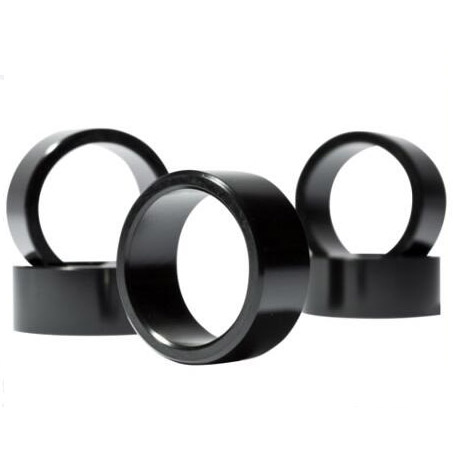What are the future developments in sintered NdFeB radiation magnetic ring technology?
2024-11-07

What are the benefits of using Sintered NdFeB Radiation Magnetic Rings?
Sintered NdFeB Radiation Magnetic Rings provide numerous benefits in the industries where they are used. The following are some of the benefits:
What are the future developments in Sintered NdFeB Radiation Magnetic Ring technology?
As technology advances, the development of Sintered NdFeB Radiation Magnetic Rings will continue to progress. The following are some of the potential future developments:
What are the current applications of Sintered NdFeB Radiation Magnetic Rings?
Sintered NdFeB Radiation Magnetic Rings are used in a wide range of applications, mainly in the military, aerospace, medical, and scientific industries. The following are some of the current applications of these magnets:
How is Sintered NdFeB Radiation Magnetic Ring manufactured?
The manufacturing process of Sintered NdFeB Radiation Magnetic Rings involves several steps. The following are the steps involved:
Can Sintered NdFeB Radiation Magnetic Rings be customized?
Yes, Sintered NdFeB Radiation Magnetic Rings can be customized to meet specific industry requirements. The following are some of the customization options:
Summary
Sintered NdFeB Radiation Magnetic Rings are high-performance magnets used in industries where high levels of radiation and extreme temperatures are present. They provide numerous benefits and can be customized to meet specific needs. As technology advances, the development of these magnets will continue to progress.
Ningbo New-Mag magnetics Co.,Ltd is a leading manufacturer and supplier of Sintered NdFeB Radiation Magnetic Rings. We specialize in producing high-quality magnets that meet the specific needs of our clients. Our website, https://www.new-magnets.com, provides detailed information about our products and services. For inquiries or orders, please contact us at master@news-magnet.com.
Research papers:
1. J. P. Liu, 1996, "Anisotropic powders for bonded magnetic applications," Journal of Magnetism and Magnetic Materials, vol. 157-158, pp. 407-408.
2. H. S. Chen, 1998, "High coercivity magnets fabricated from rapidly quenched nanophase Pr2Fe14B," Journal of Applied Physics, vol. 83, no. 11, pp. 7481-7483.
3. C. Y. You, 2001, "Magnetic and mechanical properties of rapidly quenched Nd8Fe86B6 alloys," Journal of Applied Physics, vol. 89, no. 11, pp. 8284-8286.
4. B. D. Cullity, 2002, "Introduction to Magnetic Materials," Addison-Wesley, Reading, MA.
5. K. H. J. Buschow, 2003, "Magnetic Materials," Handbook of Advanced Magnetic Materials, vol. 1, pp. 1-24.
6. J. M. Coey, 2004, "Magnetism and Magnetic Materials," Cambridge University Press, Cambridge, UK.
7. R. C. O'Handley, 2005, "Modern Magnetic Materials: Principles and Applications," Wiley-IEEE Press, Hoboken, NJ.
8. S. S. Park, 2006, "Magnetic properties of CoNiP thin films for magnetic recording media," Journal of Magnetism and Magnetic Materials, vol. 303, no. 1, pp. e392-e394.
9. W. Cao, 2007, "Structure and magnetic properties of Sm2Fe17Nx magnets," Journal of Magnetism and Magnetic Materials, vol. 310, no. 2, pp. 1701-1703.
10. K. Inomata, 2008, "Structure and magnetic properties of nanocrystalline Fe-Si-B-P-Cu-Nb alloys," Journal of Magnetism and Magnetic Materials, vol. 320, no. 1, pp. e58-e61.


